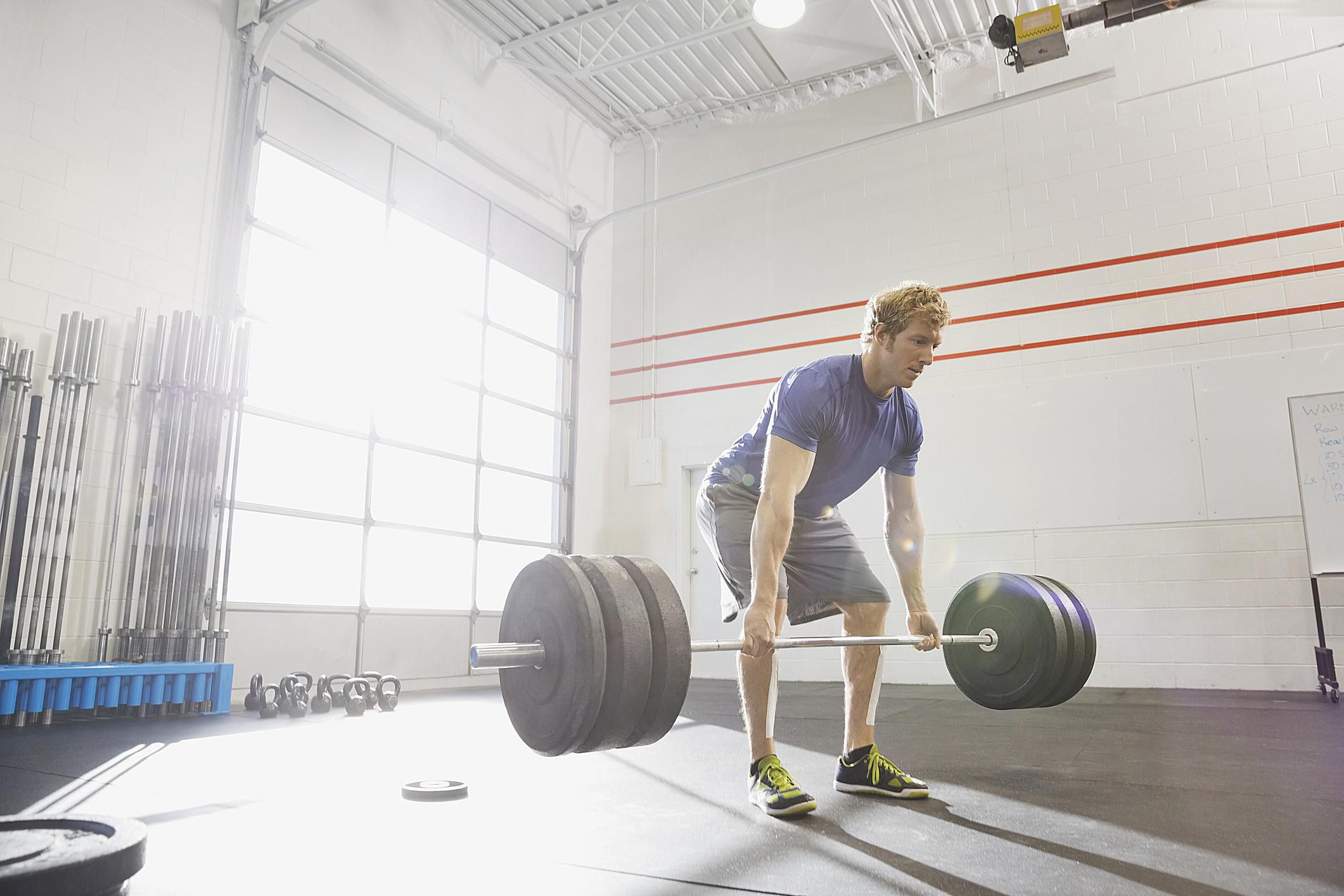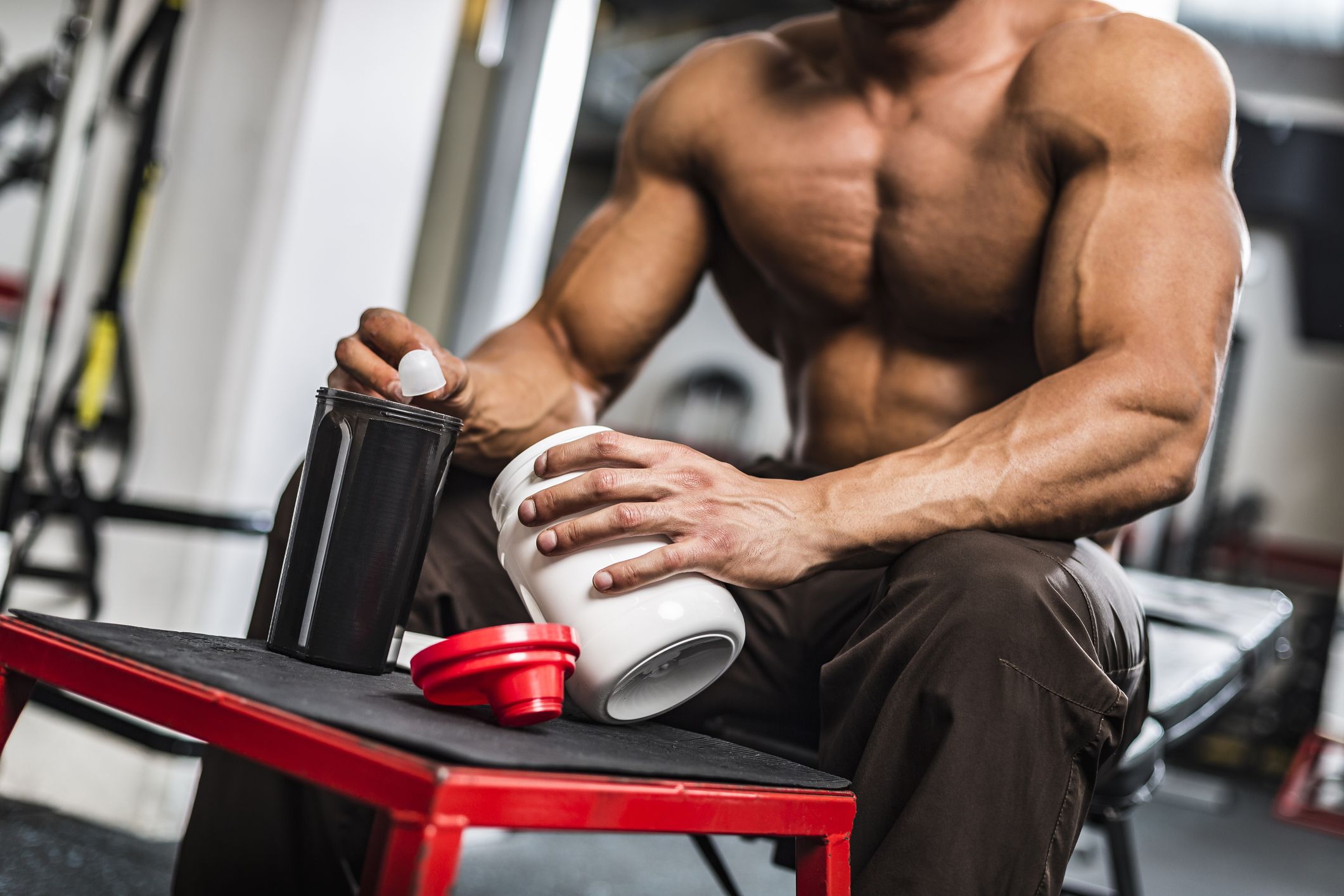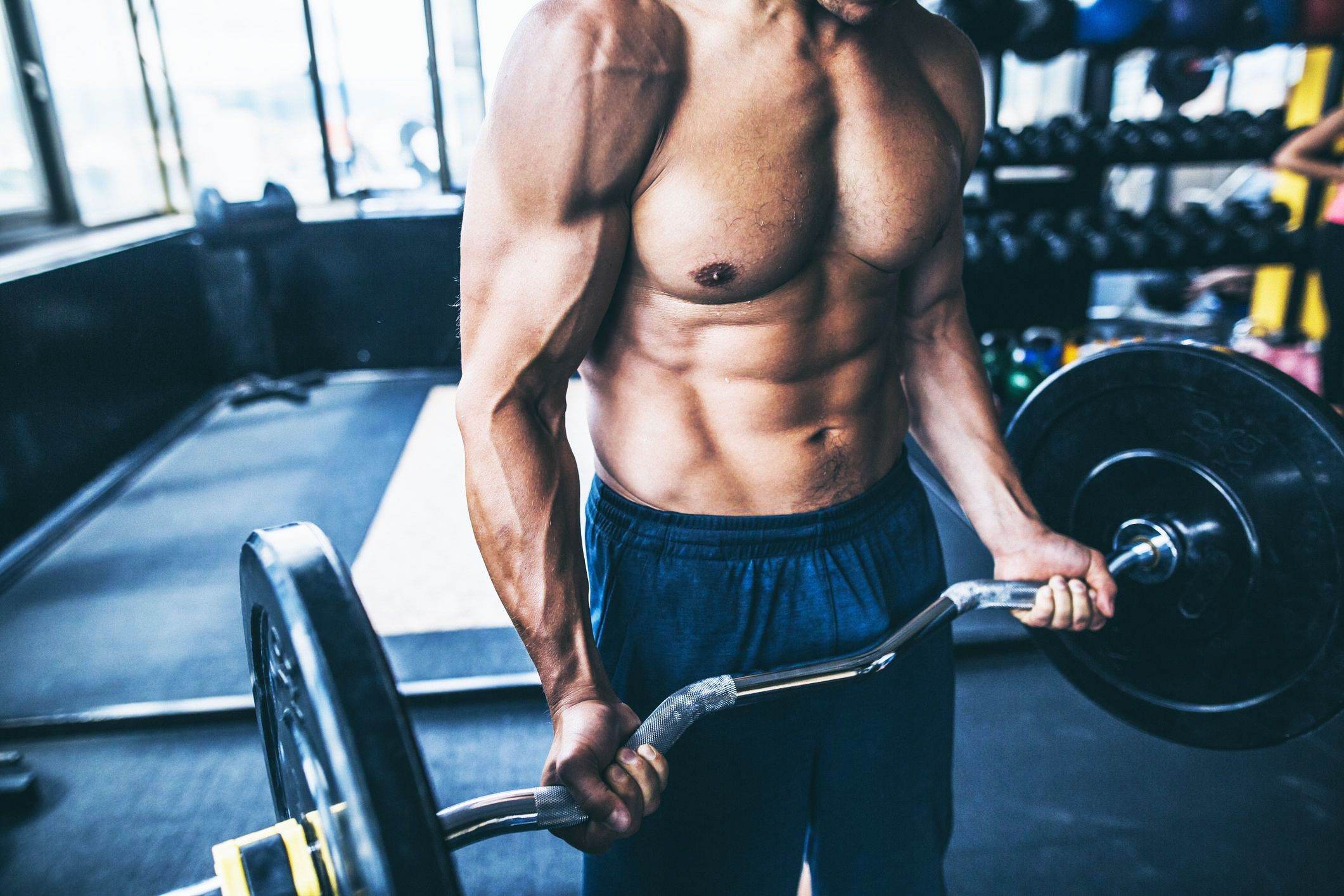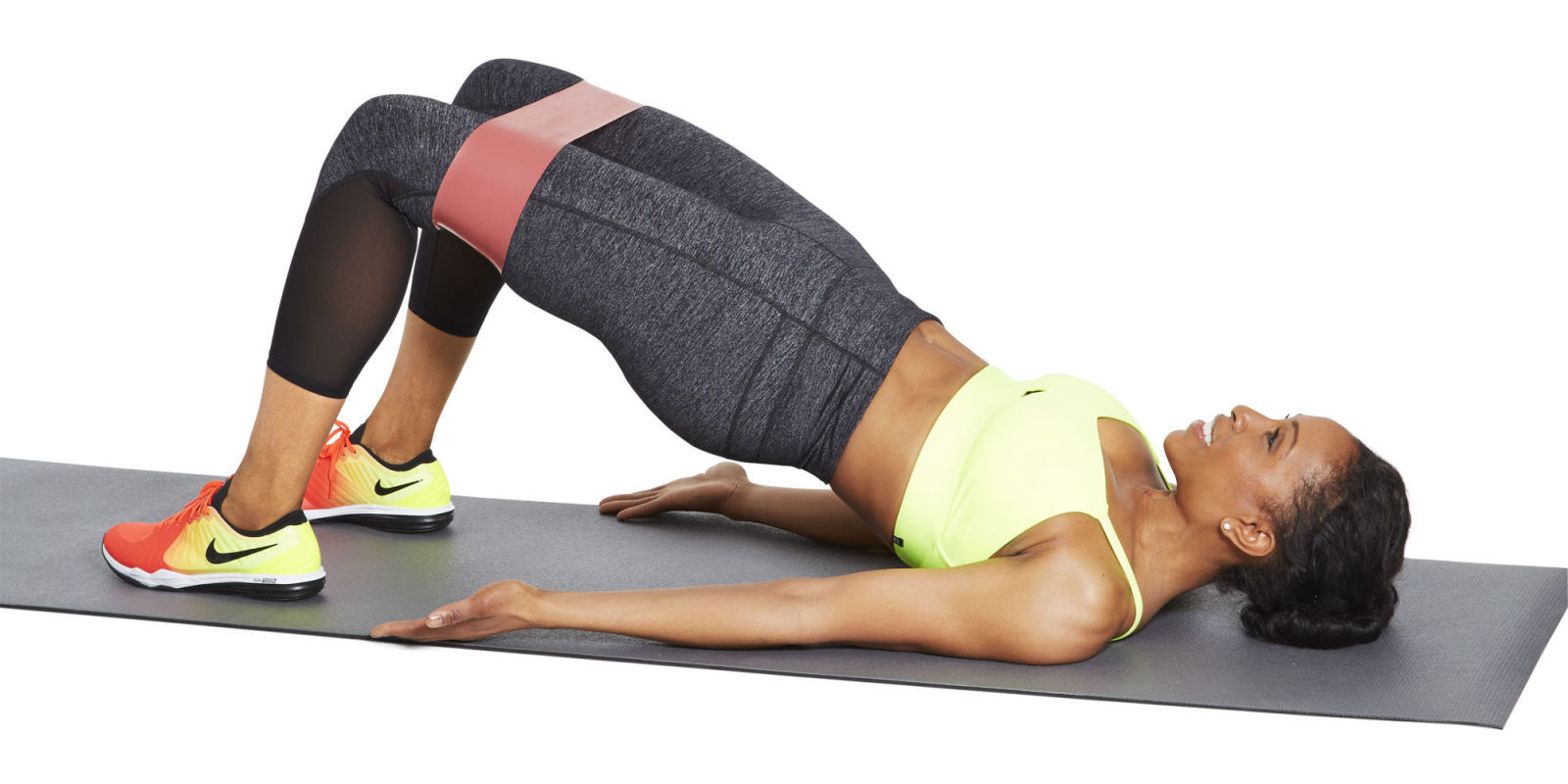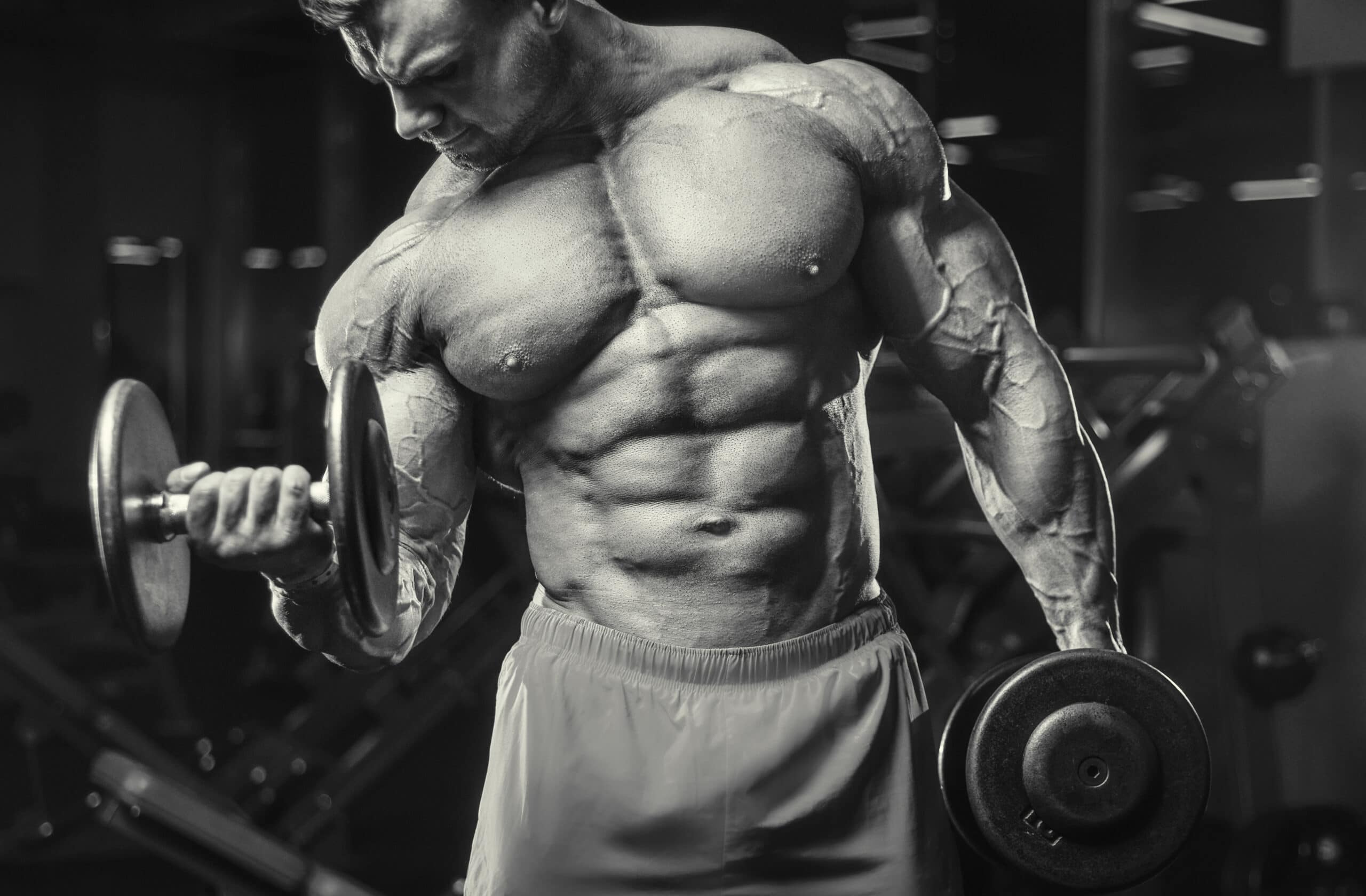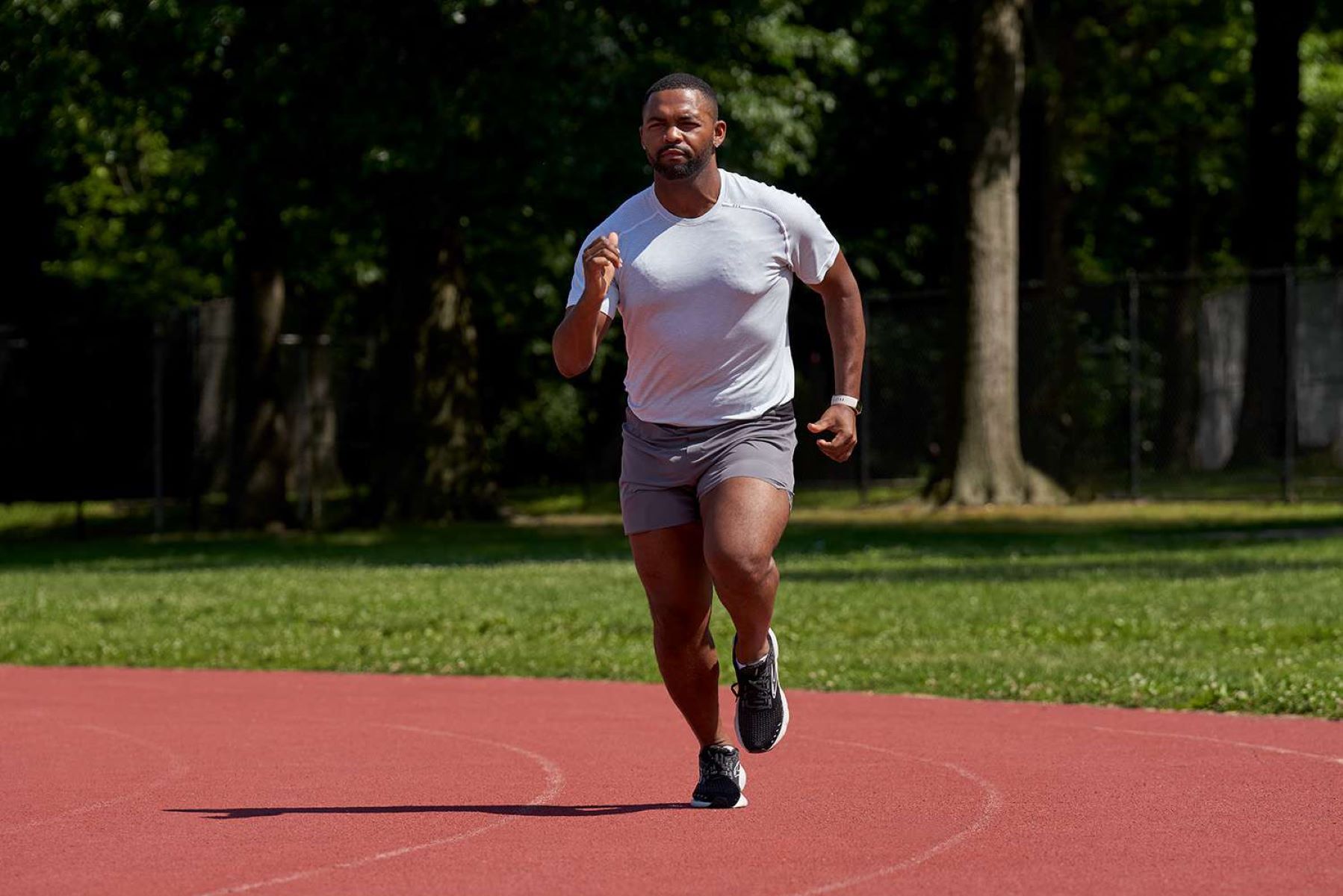Home>Misc>Featured>When Does Muscle Hypertrophy Hurt Athletic Performance
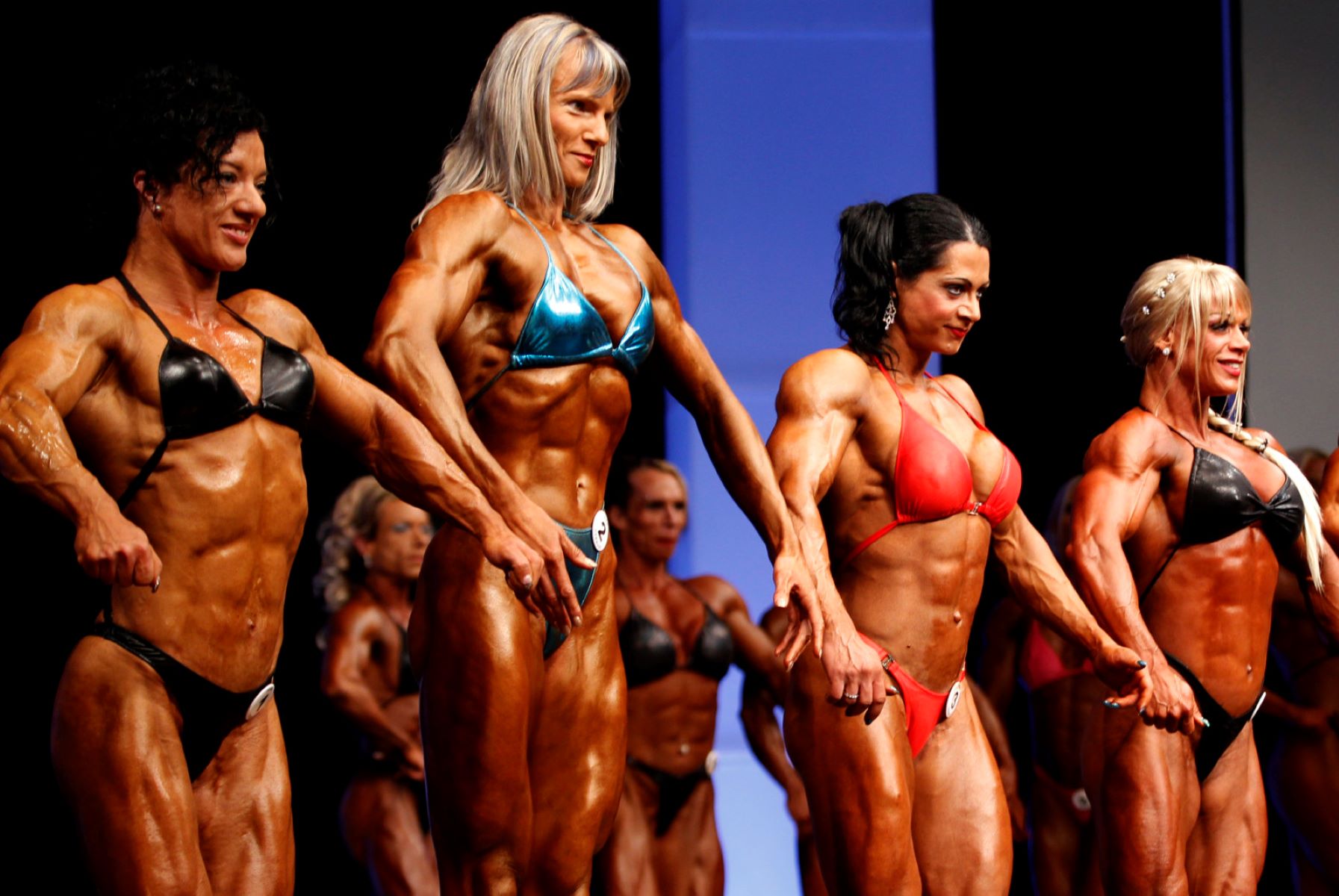

Featured
When Does Muscle Hypertrophy Hurt Athletic Performance
Modified: August 21, 2023
Learn how muscle hypertrophy can impact athletic performance and discover when it becomes detrimental to overall sports ability. Featured article with expert insights.
Introduction
When it comes to athletic performance, many athletes strive to achieve optimal muscle hypertrophy. Muscle hypertrophy refers to the increase in muscle mass and size, resulting from a combination of resistance training, proper nutrition, and rest. It is often seen as a positive outcome for athletes, as it can lead to improved strength, power, and aesthetics.
However, there is a debate revolving around whether muscle hypertrophy can impede athletic performance in certain cases. While increased muscle mass can undoubtedly enhance performance in certain sports and activities, there are instances where excessive muscle growth may hinder an athlete’s abilities. It is crucial to understand the factors that contribute to the impact of muscle hypertrophy and strategies that can be employed to mitigate any potential negative effects.
In this article, we will explore the relationship between muscle hypertrophy and athletic performance. We will examine the benefits of muscle hypertrophy, potential drawbacks, and the factors that influence the impact of increased muscle mass on athletic abilities. Additionally, we will discuss strategies that athletes can employ to minimize the negative effects of muscle hypertrophy and strike a balance between muscle growth and performance.
By the end of this article, you will have a clearer understanding of when muscle hypertrophy can hurt athletic performance and how to navigate this challenge effectively as an athlete.
Definition of Muscle Hypertrophy
Muscle hypertrophy is the process of increasing the size and mass of skeletal muscles through consistent resistance training, proper nutrition, and adequate rest. It occurs when the individual muscle fibers within a muscle group undergo structural changes, leading to an overall increase in muscle volume.
Resistance training, commonly known as weightlifting or strength training, is the primary stimulus for muscle hypertrophy. When you engage in resistance exercises, such as weightlifting or bodyweight exercises, you create micro-tears in your muscle fibers. These micro-tears act as signals to your body that it needs to repair and adapt to handle similar stresses in the future.
During the repair process, your body synthesizes new proteins, such as myosin and actin, to replace damaged muscle fibers and reinforce existing ones. Over time, this repair and adaptation process results in the growth and enlargement of the muscle fibers, leading to muscle hypertrophy. The increase in muscle size can be both visible and measurable.
There are two primary types of muscle hypertrophy: sarcoplasmic hypertrophy and myofibrillar hypertrophy. Sarcoplasmic hypertrophy refers to an increase in the volume of the sarcoplasm, which is the fluid and energy stores within muscle cells. This type of hypertrophy produces larger muscles with a higher capacity for storing energy but may not significantly increase strength. On the other hand, myofibrillar hypertrophy involves an increase in the number and size of the contractile proteins within the muscle fibers, resulting in greater muscle strength and power.
It is important to note that muscle hypertrophy is not solely restricted to bodybuilders or those pursuing aesthetic goals. While bodybuilders may focus on maximizing muscle size, athletes from various sports can also benefit from appropriate muscle hypertrophy. The key is to strike a balance between muscle growth, functional strength, and performance in the athlete’s specific sport or activity.
In the following sections, we will explore the benefits of muscle hypertrophy for athletic performance and examine the potential negative effects it can have on an athlete’s abilities.
Benefits of Muscle Hypertrophy for Athletic Performance
When it comes to athletic performance, muscle hypertrophy can have numerous benefits that contribute to an athlete’s overall success. Here are some key advantages of muscle hypertrophy for athletic performance:
- Increased Strength and Power: One of the primary benefits of muscle hypertrophy is the improvement in strength and power. As the muscle fibers increase in size, they gain the ability to generate more force, allowing athletes to exert greater power in their movements. This is especially valuable in sports that require explosive movements such as sprinting, jumping, and throwing.
- Improved Muscular Endurance: Muscle hypertrophy can also enhance muscular endurance, allowing athletes to perform repetitive movements or sustain effort for a longer duration. With larger muscle fibers, the muscles have a greater supply of energy and are better equipped to resist fatigue. This is advantageous in endurance-based sports like long-distance running or cycling.
- Injury Prevention: An often overlooked benefit of muscle hypertrophy is the reduction in the risk of injuries. With stronger and larger muscles, athletes have a more stable base to support their joints and absorb impact forces. This can help protect against common injuries like sprains, strains, and fractures, making them more resilient on the field or court.
- Enhanced Body Composition: Muscle hypertrophy can also lead to changes in body composition, reducing body fat percentage and increasing lean muscle mass. This not only improves the aesthetic appearance of athletes but also positively impacts their overall health and metabolic efficiency.
- Increased Performance in Specific Movements: Muscle hypertrophy can be targeted to specific muscle groups involved in sport-specific movements. Tailoring resistance training to enhance muscle growth in those areas can result in improved performance in those specific movements. For example, basketball players can focus on developing leg muscles for explosive jumping ability, or swimmers can prioritize upper body muscle growth for powerful strokes.
It’s essential to note that the benefits of muscle hypertrophy may vary depending on the athlete and their specific sport or activity. Each sport has unique demands, and athletes should tailor their training programs to match those requirements.
Now that we understand the potential benefits of muscle hypertrophy, let’s explore the potential negative effects it can have on athletic performance and the factors that influence this impact.
Potential Negative Effects of Muscle Hypertrophy on Athletic Performance
While muscle hypertrophy can bring many benefits to athletic performance, there are also potential drawbacks that athletes need to be aware of. These negative effects can arise when muscle hypertrophy is not appropriately managed or when it starts to impede an athlete’s abilities. Here are some potential negative effects of muscle hypertrophy on athletic performance:
- Reduced Speed and Agility: Excessive muscle hypertrophy, particularly in areas that are critical for speed and agility, can lead to a decrease in these performance qualities. Bulkier muscles may hinder quick and fluid movements required in sports like soccer, tennis, or martial arts. Athletes need to find a balance between muscle growth and maintaining their agility.
- Decreased Range of Motion: Building excessive muscle mass without considering flexibility and mobility may lead to a reduced range of motion in joints. This restricted range of motion can limit an athlete’s ability to perform certain movements efficiently and may increase the risk of injuries. It’s crucial to incorporate flexibility training alongside resistance training to maintain optimal mobility.
- Decreased Cardiovascular Capacity: Focusing solely on muscle hypertrophy may neglect cardiovascular training, resulting in a decrease in an athlete’s aerobic capacity. Cardiovascular fitness plays a vital role in many sports, especially those with prolonged periods of endurance. Neglecting cardio training can lead to fatigue and decreased overall performance.
- Imbalance and Muscle Impracticability: Uneven muscle growth or neglecting certain muscle groups can lead to muscle imbalances. Muscle imbalances can affect an athlete’s movement patterns, posture, and overall performance, increasing the risk of injury. It is crucial to include exercises that target all major muscle groups to maintain a balanced physique and functional strength.
- Difficulty in Weight Classification Sports: For athletes involved in weight classification sports like wrestling or weightlifting, excessive muscle hypertrophy may result in difficulties in reaching and maintaining a specific weight category. Gaining too much muscle mass may require an athlete to compete in a higher weight class, where they may face tougher competition or have to undergo strenuous weight management protocols.
It’s important to note that the negative effects of muscle hypertrophy are not universal and can vary depending on an athlete’s specific sport and position. Some sports may benefit from a greater degree of muscle hypertrophy, whereas others may require a more functional approach to training.
In the next section, we will explore the factors that influence the impact of muscle hypertrophy on athletic performance and discuss strategies to mitigate any potential negative effects.
Factors that Influence the Impact of Muscle Hypertrophy on Athletic Performance
The impact of muscle hypertrophy on athletic performance can be influenced by various factors. Understanding these factors is crucial to ensure that athletes can optimize their muscle growth while minimizing any potential negative effects. Here are some key factors that influence the impact of muscle hypertrophy on athletic performance:
- Sport-Specific Demands: Different sports have unique physical demands, requiring athletes to prioritize specific aspects of fitness. The impact of muscle hypertrophy will vary depending on the sport and the specific movements involved. For example, muscle hypertrophy may be highly beneficial in sports like bodybuilding, powerlifting, or rugby, where physical size and strength are important. However, it may not be as advantageous in sports that require speed, agility, or flexibility.
- Training Program Design: The design of an athlete’s training program plays a crucial role in the impact of muscle hypertrophy on performance. Factors such as exercise selection, volume, intensity, and frequency of resistance training can all influence the extent of muscle growth. A well-designed program that integrates appropriate strength and conditioning exercises can help athletes achieve the desired muscle hypertrophy without compromising other aspects of performance.
- Nutrition: Proper nutrition is essential for supporting muscle hypertrophy and overall athletic performance. Adequate protein intake is necessary to provide the building blocks for muscle growth, while sufficient carbohydrates and fats provide the energy required for training and recovery. Balancing calorie intake with energy expenditure is important to avoid excessive weight gain, which can negatively impact certain sports or activities.
- Genetics: Individual genetic factors can influence how an athlete responds to muscle hypertrophy. Some individuals may naturally have a greater potential for muscle growth, while others may find it more challenging to build muscle mass. It is important for athletes to work with their coaches or trainers to develop training programs that consider their genetic potential and goals.
- Recovery and Rest: Adequate recovery and rest are crucial for optimizing the benefits of muscle hypertrophy. Without proper rest periods, muscles may not have sufficient time to repair and adapt, leading to overtraining or increased risk of injury. Incorporating rest days, quality sleep, and appropriate recovery strategies, such as massage or active recovery exercises, can support optimal muscle growth and overall athletic performance.
These factors are interrelated and should be carefully considered when pursuing muscle hypertrophy as an athlete. A well-rounded approach that takes into account the specific requirements of the sport, proper training program design, nutrition, genetics, and recovery strategies can help athletes maximize the benefits of muscle hypertrophy while minimizing any negative effects.
In the next section, we will discuss strategies that athletes can employ to mitigate the negative effects of muscle hypertrophy on athletic performance.
Strategies to Minimize the Negative Effects of Muscle Hypertrophy on Athletic Performance
While muscle hypertrophy can have potential drawbacks for athletic performance, there are strategies that athletes can implement to minimize these negative effects. By adopting a holistic approach to training and considering various factors, athletes can strike a balance between muscle growth and optimal performance. Here are some strategies to consider:
- Sport-Specific Training: Tailor your training program to match the specific demands of your sport. Focus on exercises that improve functional strength, power, speed, and agility, rather than solely prioritizing muscle size. Incorporate sport-specific drills and movements that mimic the actions required in competition.
- Vary Training Intensity and Volume: Periodize your training by alternating phases of high-intensity, low-volume workouts with moderate-intensity, higher volume workouts. This approach helps prevent excessive muscle hypertrophy while maintaining strength and power gains. It also allows for proper recovery and reduces the risk of overtraining.
- Include Mobility and Flexibility Work: Incorporate regular mobility and flexibility exercises to maintain or improve your range of motion. This can help counteract any potential decrease in flexibility due to muscle hypertrophy. Stretching, yoga, and mobility drills can help improve joint mobility and prevent muscle imbalances.
- Cardiovascular Training: In addition to resistance training, prioritize cardiovascular conditioning to maintain aerobic capacity and endurance. Include activities like running, cycling, swimming, or high-intensity interval training (HIIT) to sustain cardiovascular fitness and enhance overall performance.
- Monitor Nutrition and Caloric Intake: Pay attention to your nutrition and caloric intake to support muscle growth without excessive weight gain. Consume adequate protein for muscle repair and growth, along with a balanced diet of carbohydrates and healthy fats to meet your energy needs. Work with a sports nutritionist or dietitian to tailor your nutrition plan to your specific goals.
- Focus on Functional Strength: Emphasize exercises that promote functional strength rather than just targeting muscle size. Incorporate compound movements like squats, deadlifts, lunges, and Olympic lifts, which engage multiple muscle groups and mimic real-life movements. This approach can enhance overall athleticism and improve performance in your sport or activity.
- Monitor and Adapt Training as Needed: Regularly assess your progress and listen to your body’s feedback. If you notice any negative effects on your performance or feel excessively bulky or slow, consider adjusting your training program. Work with a coach or trainer who can provide guidance and make necessary modifications to ensure optimal performance.
Remember that every athlete is unique, and there is no one-size-fits-all approach. The key is to find a balance that allows for muscle growth while maintaining the athletic qualities necessary for your sport or activity. Regular self-assessment, proper guidance, and a willingness to adapt are essential to achieving optimal performance while minimizing the potential negative effects of muscle hypertrophy.
In the next section, we will conclude this article by summarizing the key points discussed.
Conclusion
Muscle hypertrophy can have both positive and negative effects on athletic performance. While it can enhance strength, power, and endurance, excessive muscle growth can potentially hinder speed, agility, and flexibility. It is crucial for athletes to understand the factors that influence the impact of muscle hypertrophy and implement strategies to strike a balance between muscle growth and performance.
By considering sport-specific demands, designing an appropriate training program, monitoring nutrition and caloric intake, and prioritizing functional strength and cardiovascular conditioning, athletes can mitigate the negative effects of muscle hypertrophy. Additionally, incorporating mobility and flexibility work, paying attention to muscle imbalances, and listening to the body’s feedback are vital to maintaining optimal performance.
It is essential for athletes to remember that muscle hypertrophy is not the sole determinant of athletic success. Achieving a balance between muscle growth and functional performance is key to excelling in specific sports and activities. Each athlete is unique, and their training programs should be tailored to their individual goals, genetics, and sport requirements.
By taking a holistic approach to training and focusing on overall athleticism, athletes can optimize their muscle growth while minimizing any potential negative effects. Continual evaluation, adaptation, and guidance from coaches or trainers are essential in ensuring that muscle hypertrophy remains a valuable asset to athletic performance.
In conclusion, muscle hypertrophy can greatly impact athletic performance, but it requires a thoughtful and strategic approach to harness its benefits while mitigating any potential drawbacks. By considering the specific demands of a sport, designing an individualized training program, and optimizing nutrition and recovery, athletes can achieve the ideal balance between muscle growth and functional performance, ultimately reaching their full athletic potential.
